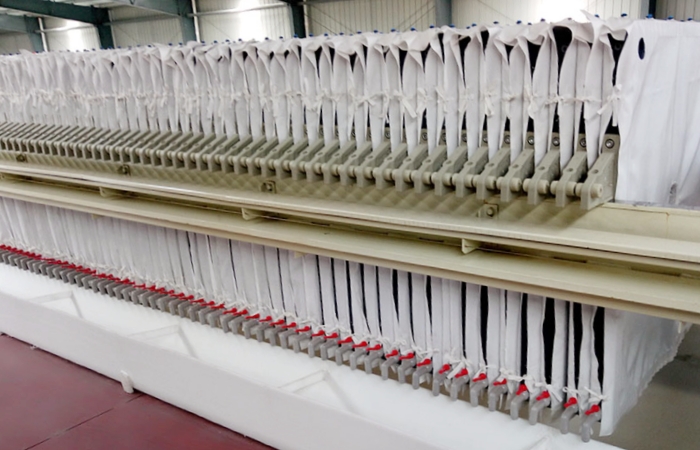
Among the various types of filter fabrics, monofilament and multifilament filter fabrics stand out due to their unique performance characteristics and wide range of applications. This article provides a detailed comparison between the two, covering aspects such as structure, performance, and applications, to help readers better understand their differences.
Monofilament filter fabrics have a smooth surface, dense structure, good air permeability, and high strength, making them resistant to clogging and preventing yarn breakage. Double-layer monofilament fabrics feature an inner and outer connection structure, which tightly combines the two layers of yarn, forming a unified whole. This increases the fabric's thickness and stiffness while maintaining excellent air permeability and filtration performance.

Multifilament filter fabrics contain more fibers, resulting in higher strength and stability. Additionally, the pore size of multifilament fabrics is uniform and fine, effectively trapping small particles in the material. The structure of multifilament fabrics is more complex, and the weaving methods are diverse, allowing for adjustments to pore size, fabric thickness, and other parameters to meet the specific requirements of different filtration conditions.
Monofilament filter fabrics are primarily used in vacuum belt filters, vacuum drum filters, and vertical leaf filters. Multifilament filter fabrics are mainly used in tower pressure filters. Common applications include the chemical industry, pharmaceutical industry, food industry, environmental protection, power plant desulfurization, mining, and metallurgy.
In conclusion, the choice between monofilament and multifilament filter fabrics should be based on the specific working conditions and equipment in use. The best filter fabric is the one that is most suitable for the given filtration task.